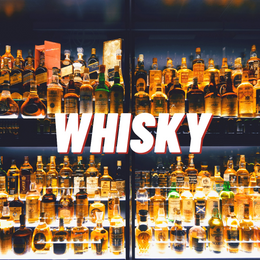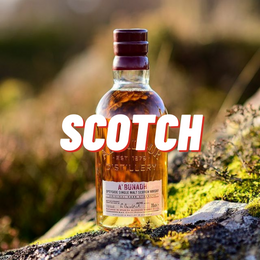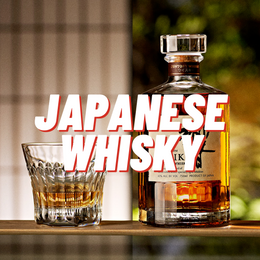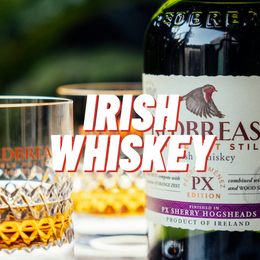
What the heck does that mean?
“Cask strength” whiskies come with a significantly higher alcohol percentage (measured by % alcohol-by-volume or “ABV”) compared to typical bottles.
Most people may assume that the usual bottle of single malt whisky is distilled and matured in its cask, and then directly bottled for sale. That is actually not the case. On the contrary, most bottles of whiskies are diluted down to about 40–46% ABV by adding about 20% to 30% water to the spirit before bottling.
However, a cask strength whisky is bottled directly from its cask - and is therefore bottled the same alcoholic strength at which it was drawn from the cask - typically in the range of 51% to 68% ABV.

Notice that “cask strength” simply means that the whisky is undiluted. The ABV of cask strength whiskies varies quite a bit due to the Angel’s Share phenomenon. The ABV usually goes down the older the whisky is.
For instance, the Aberlour A’Bunadh is a NAS cask strength whisky that comes in at about 60.9% ABV.

This can be contrasted with this 30-year-old Gordon & MacPhail Bunnahabhain 1989 cask strength expression that comes in at only 46.3% ABV.

Who cares?
The appeal is that nothing is added, and therefore nothing has been taken away in the flavour department. Cask strength whiskies are typically much more intense, robust and punchy in flavour.
Cask strength whiskies tend to occupy the premium section of whisky shelves. They are mainly bottled for whisky puritans who crave a rich and powerful dram that is unadulterated by water.
Apart from catering to those who are greedy for more alcohol and flavour, cask strength whiskies also allow die-hard whisky aficionados to play at being the distillery’s blender. With a cup of water by their side, they can taste the dram at different alcoholic strengths by adding some water, tasting, then adding a little more water - until they get their desired flavour and texture.
This logic is certainly backed by science. During the distillation process, many volatile flavour compounds are created, and locked within the high-proof whisky. And because alcohol is a much better solvent (than water) for many of these volatile flavour compounds, a higher-proof whisky should be able to lock in more of these flavour compounds than whisky that has been significantly diluted by water.
Why should I care? Should I try Cask Strength bottlings?
Technically speaking, there is more whisky in a cask strength bottle as compared to its normal strength counterparts. This is a big reason why cask strength bottlings - at first glance - appear more expensive than normal strength bottlings. A slight premium is warranted because you are getting more bang per bottle. And if you are willing to add water, your cask strength bottles go a little further…
The most important reason you should try cask strength bottlings is definitely to taste the whisky in its full flavour and glory. Most drinkers agree that whiskies taste better when they are bottled at anywhere above the legal minimum of 40%. Even 46% ABV whiskies tend to have a little more character than 40% ABV whiskies.
Of course, the highest alcoholic strength - the likes of 55% to 69% does not translate to the best-tasting whisky. Some well-respected whisky critics always dilute their whiskies to around 45% to smoothen out the harsher alcoholic notes and release aromas from the whisky (diluting whisky causes some volatile compounds to escape the liquid).
We recommend enjoying your cask strength whisky with a small cup of bottled water on the side (tap water may resulted in an unusual taste). You should not hesitate to dilute your whisky to suit your personal taste. Add water bit by bit, tasting the dram down and then. The flavour of the whisky would constantly evolve and new aromas would be released. Adding water always helps to uncover more complexity in a good whisky.
And in the event you have the opportunity to drink a well-matured 30-year-old whisky at cask strength (like the Bunnahabhain 1989 we mentioned above) don’t worry about diluting it with any water. Angels have taken their share during natural evaporation of alcohol from casks, and older cask strength whiskies tend to have a much friendlier ABV of about 46%.







